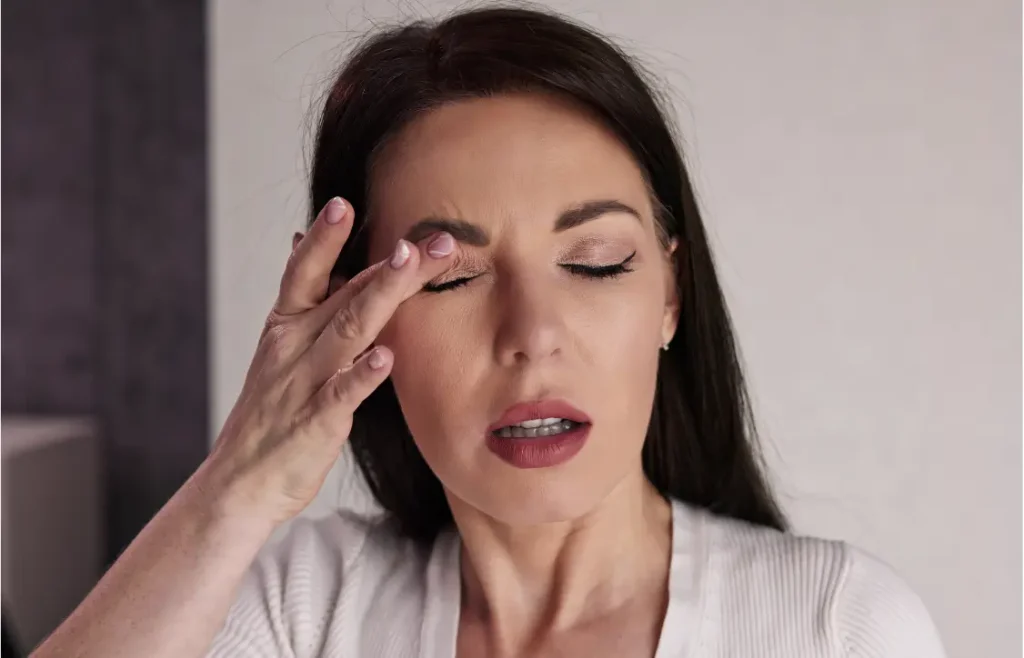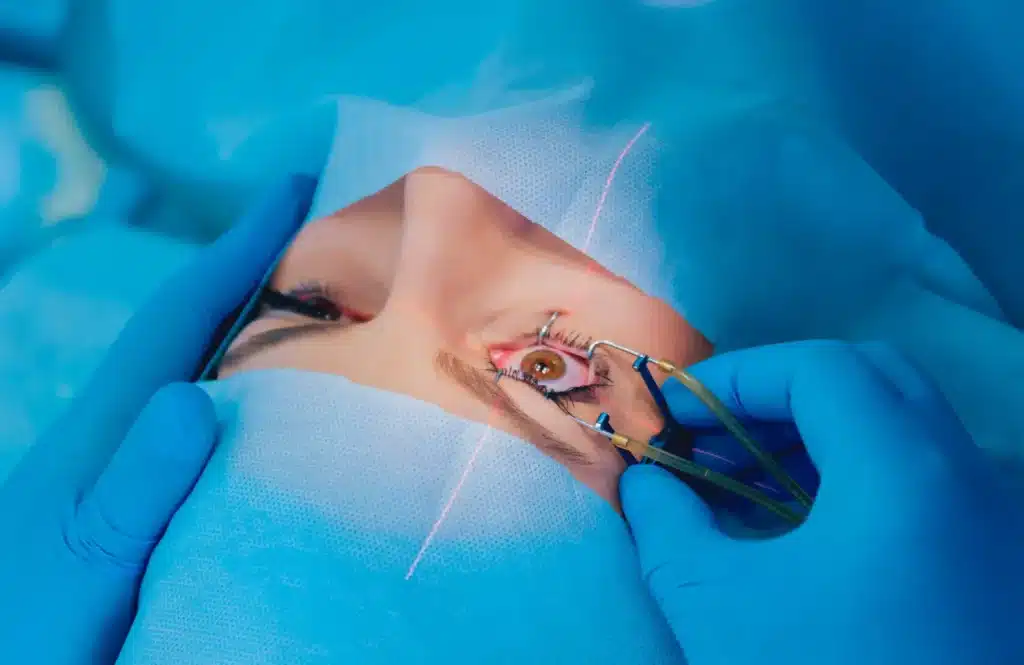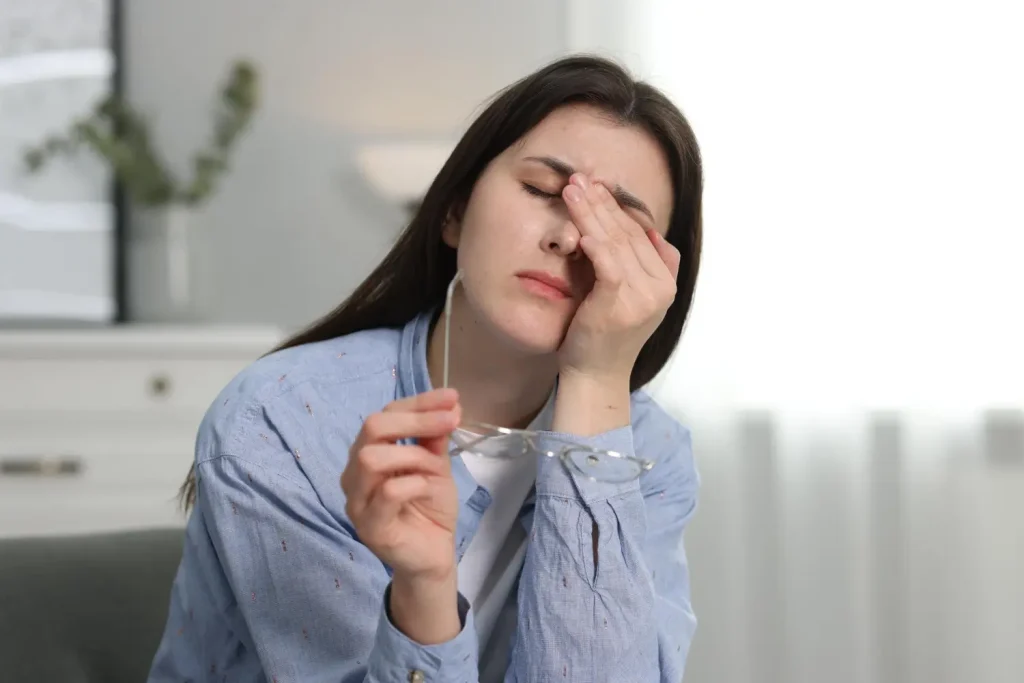Sweating is one of the most visible physiological reactions to our environment. There are four million sweat glands distributed throughout the human body, with another three million eccrine glands. When the human body experiences hyperthermic conditions, which can be brought on by a hot climate and rigorous exercise, the body’s temperature threshold is elevated. As a response, the sweat glands secrete an odorless, clear fluid to regulate the internal and skin temperature. Heat dissipation is encouraged through evaporative heat loss via the discretion of sweat.
Apocrine sweat glands, another type of sweat gland, is more abundant in the groin, scalp, and armpits. The fluid produced is thicker and may be more apparent compared to other areas in the body. Unlike normal eccrine glands, the sweat in the armpits produces odor when it comes in contact with the bacteria on the surface of the skin. Although it is a natural occurrence, some people may feel extreme discomfort due to sweating, which may stain their clothing or produce an unpleasant odor.
Both types of sweat glands are innervated by the postganglionic sympathetic fibers that are in turn triggered by the acetylcholine and catecholamines neurotransmitters. However, while it is a normal process, many people just don’t want to put on deodorants or experience sweating at all.
Treatment with Botox
Although Botox is a household name for facial aesthetic purposes, not many know that it is also used by doctors to address sweating. While antiperspirants or deodorants are commonly used, some patients do not wish to use them. Instead, they can seek out a temporary yet effective sweat reduction treatment using the botulinum toxin.
Botulinum toxin type A is an inhibitor of the neurotransmitter acetylcholine. It generally inhibits muscle spasms at the neuromuscular junction. The toxin is extracted from the anaerobic bacterium Clostridium botulinum and has been fully purified to remove any other foreign particles. Depending on the targeted area, this neurotoxin can be injected intradermally or intramuscularly.
Past clinical studies have shown that there is an excellent response rate when using Botox for underarm sweating, as well as a nearly 100% patient satisfaction rate with the procedure. The solution should be injected intradermally into 1015 spots under the arms using a sterile 30G needle. Each injection should be between 0.1 to 0.2ml aliquots, and each injection site should be 12cm apart. It is possible to provide more comfort to patients by applying a topical anesthetic, such as lidocaine, which can help to numb the area and consequently reduce the pain.
Post-treatment care
Patients should be aware of the expected outcomes and the preparation required for the treatment. At least 24 hours prior to the treatment, they should stop using deodorant or antiperspirants and wash their armpits, or the area affected, to remove any residue. They should also abstain from performing any exercise or consuming hot drinks at least three minutes before undertaking the treatment. The dermatologist can also conduct Minor’s Iodine-Starch Test Procedure to diagnose any case of axillary hyperhidrosis. This test involves the application of an iodine solution onto the targeted area to seek out a deep blue-black stain of the hyperhidrotic area.
The primary advantage to Botox treatment being that it is minimally invasive. Other than this important factor, the whole procedure is comparatively quick, taking only 10 to 20 minutes to complete. This enables patients to fit treatments in their schedule easily, and as an added benefit, they are free to return to their day-to-day routine, where they can witness the results for themselves in as early as three days after treatment. More significant, visible, filler size reduction can occur between seven days to four weeks later. According to Botox’s product claims, the effects from such treatment can last up to six months, though certain studies have reported that it may last longer, up to 12 months. Should longer benefits be the goal of the patient, repeat treatments are advised once the effects form the initial injection begin to wane.
Side effects
There are a few potential side effects, such as pain, occasional bruising, and temporary muscle weaknesses. However, these effects are mild. The dermatologist in question should be meticulous in his or her handling of the equipment.
For maximum safety, the patient should also be accompanied by another companion, as Botox patients are advised to not operate any heavy machinery, including driving, due to possible interference in their vision. Patients may also feel dizzy for a few hours after treatment.
Contact your doctor to discuss treatment with Botox for armpits.



















